Blog
7 Must-see places in Ulcinj
"Ulcinj is one of the oldest cities on the Adriatic coast, which has defiantly resisted the test of time for twenty-five centuries. Miraculously raised on the cliffs above the open sea, facing Otranto, it irresistibly conquers all your senses. Over the centuries, the accumulated diversity of cultures and civilizations merged into one whole. Something like to a small paradise on earth, carved out of time in centuries of bloody battles, defiance, pride and love of all those who visited this place at least once in their lives.
The earliest traces lead us to prehistoric times when Ulcinj belonged to the Illyrians, a people of Indo-European origin. The old town of Ulcinj was founded in the 5th century BC. The Colchians, which is why it originally got the name Kolichinium. In the 2nd century (163 BC) it was conquered by the Romans from the Illyrian tribe Olcinijatas and the then ancient city of Colchinium became Olcinium.
During the Roman rule, Olcinium received a special status, as a city with special privileges (opida civium romanoruma) and later as a city with an independent status (Municipia). Due to its exceptional geographical position, relief and mild climate, it has always been the target of great conquerors. Ulcinj is a city whose walls were often destroyed in wars, but also restored by all those who, because of the exceptional beauty of this ancient city, found their peace by building fortifications and residences. The Byzantine emperor Justilian rebuilt it and built fortifications, and after him the Nemanjići, the Balšići, the Venetians and the Turks. In 1183, the Serbian prefect Stefan Nemanja captured the city, and at that time Ulcinj became one of the most important coastal cities."
Source: Montenegrina
VALDANOS BAY
You must dedicate one or more days of your vacation to Vladanos Bay, and here's why. Valdanos Bay is located only five kilometers northwest of Ulcinj. It used to be the main port of the Ulcinj pirates and the scene of naval battles. Well-informed claim that the bay hides the remains of sunken ships from antiquity and the Middle Ages. Located between the two hills of Mavrijana and Mendra, Valdanos bay is also a real olive reserve.
Due to the fact that there are over 80,000 olive trees in that bay, Ulcinj is often said to have an olive climate. Unlike other coves, this one is sheltered from the south and north winds and often served as shelter for ships. The bay is surrounded by olive groves on all sides. Good connoisseurs of this area say that some olive trees date back to the time of Ancient Greece, while most of the trees are considered to be up to 300 years old. Olives have always been a commodity in this area, equal to gold. Olive oil from the area of Ulcinj reached Venice, Rome, Cairo, Shkodra, Skopje, Duklja, Prizren through trade channels, in amphorae and cups.
From the beach to the town itself, Valdanos Bay is 5 kilometers long. An asphalt road leads along the edge of the bay, which connects to the Ulcinj - Bar highway at one end, and the city streets at the other. In the southeast corner of the bay there is a smaller dock for ships, yachts and boats. There are also traces of urbanization, but so far there have been no archaeological investigations. Near the coast are the remains of a small church, which the people believe was built by the Greeks. The capes that protect the Valdanos bay drop sharply and sink deep into the sea. There is also a very nicely arranged clay beach, composed of large pebbles. In the background, the beach is overgrown with thick maquis and pine forest.
It is 600 meters long and, on average, 20 meters wide. Next to the beach there is also a restaurant, sports fields and a beach bar. Those tourists who, due to the peace and the call of nature, decide to spend part of their vacation in Valdanos Bay will certainly not make a mistake, because in addition to swimming, sunbathing, resting in the shade of centuries-old olive trees, there is also an opportunity for camping, tours of the surrounding capes, and exploring the entire bay. like the real ones: archaeologists, mountaineers, speleologists, botanists...
In addition to enjoying the ideal shade of olive groves, swimming in clean, azure-blue sea water, in Vladanos bay you can also explore the undersea, looking for wrecks of old ships, or admire the diverse marine world, just like real "antique hunters". Also, if you want, you can go to Cape Mendre, where the oldest lighthouse in Montenegro is located. In a small house built about 20 years ago for an old lighthouse keeper and his wife, with the helpfulness of the hosts, you can find out some detail about the life of the lighthouse keeper, about the sea, about the emotions that the sight of the "blue sea" evokes... In any case, we want you to spend a day or a multi-day vacation in Valdanos Bay will be an experience to remember
OLD TOWN
That this period can also be considered the time to which the creation of the city is linked, is also witnessed by an inscription on the pedestal for the icon of the goddess Are, on which it is written: "Community of stone cutters (erects) Artemis Elafavoli (goddess of the hunt)". This also points to the fact that the "Cyclope" walls, as they are also called Staroulcinj walls, were built by Greek masons. The city that was created by the Greeks was destroyed by an earthquake in the 5th century, so the Romans, who built a new city in the 6th century, are most responsible for the appearance of the Old Town of Ulcinj today. Many stories are related to the Old Town. By 1900, 100 blacks lived in Ulcinj. The most important period for the arrival of the first dark-skinned people is the period when Ulcinj, i.e. then Luka Valdanos, was a pirate haven. Because of the trade in slaves from the Mediterranean countries, the main square in Ulcinj is still called Trg robova today.
Also, the story can still be heard today that the famous Spanish writer Miguel de Cervantes was one of the pirates' prisoners and slaves from Ulcinj. Cervantes spent five full years in Ulcinj. Later, after returning to his native land, Cervantes wrote the famous work "Don Quixote". It is assumed that the two female characters mentioned in that work were inspired by Cervantes' imprisonment in Ulcinj. The old town is the real center of the cultural and historical heritage of Ulcinj.
Next to the northern gate of the city, there is a museum complex on the main plateau. There is also a church - a mosque, today a museum that houses all the most important documents and finds from the Old Town. Worthy of attention are exhibits such as: an antique plinth with an inscription to the Greek goddess Artemis, an antique cameo with a representation of the goddess Athena with a helmet, 2 axes from the Bronze Age. The lapidarium houses an Ionic capital, parts of the ciborium from the Small Church from the 9th century, and many objects from the Turkish era.
Behind the Old Ulcinj Museum is the "Balsica Tower", part of which is used as a gallery. "Balsica Tower" is considered one of the most representative buildings of medieval architecture in Montenegro. In front of the Tower is the Small or Slave Square, surrounded by vaults (casemates). Nearby is a high wall, better known as Balani, from the Venetian period. In front of the entrance to the museum is a ravelin ramp and a Turkish fountain from 1749.
The Ethnological Museum of the city of Ulcinj is only a few meters away from the main one. It has an extremely rich collection of exhibits. Many small streets lead from it to the lower plateau of the old town fortress. In front of the southern entrance to the city are the foundations of the former Orthodox Church of the Virgin Mary, from the 12th century, which was later converted into a Catholic church - St. Brand. Near the church is a large Venetian city cistern. A little further away is the Turkish gunpowder from the 18th century
Nearby is the extremely luxurious building "Venezia Palace", on the site of which there were once the remains of an old building, and it is believed that the "Venezia Palace" building was the seat of the city manager during the Venetian Republic. Due to its beauty, opulence and functionality, the mentioned palace was used as a residence and palace by the Montenegrin rulers Balsica. In the immediate vicinity of the Palace, there is a large Venetian building, "Dvori Balsica" from the 14th century - today a renowned hotel.
Before entering the Old Town, there is a turbe, which is a kind of time stamp from the era of the Ottoman Empire. According to one legend, turbe witnesses the wedding of two brothers or friends, for the love of one woman. According to that story, two men fought to the death so that the winner of that battle would win the love of his beloved woman. You couldn't make up your mind, let alone watch their fight to the death, according to legend, the young woman jumped from the house and ended her own life. Nevertheless, the duel between the young men, who were highly regarded in Ulcinj at the time, continued. One of them was killed in battle, and the other died not long after him. Turbe - at the place of their fight, represents a shrine that - according to popular belief, radiates and heals.
OLD ULCINJ
Old Ulcinj exudes the true spirit of the Orient. It is about 2 km from the center of the new town. Narrow, steep, winding streets, covered with worn cobblestones, still faithfully bear witness to all the eras that marked this city: the rule of pirates, Byzantines, Venetians, Turks...
When you walk through the streets of Stari Ulcinj, it's as if you suddenly go back to the time of sultans, dogs or agas, to the ages when, in addition to sabers and scimitars, events were also remembered for beautiful female slaves, or the sounds of nanula, which were an indispensable part of the traditional female Islamic costume. Small and low buildings, family houses in the mahal style, are located along the inner city core.
However, there are also various souvenir shops, barbershops, confectionery shops, shops for shopping and many other similar shops that exude the spirit of the Orient. A visit to Old Ulcinj simply has to be an essential part of your route along the southernmost part of the Cnogorsk coast. Midday hodza chanting from a nearby mosque, the sounds of folk melos coming from nearby cafes or ethnic bars, will remind you of fantastic scenes from various film productions that had the culture of Islam as their theme.
And only when you see a silver or copper souvenir in a small craft shop, a beautiful scarf or blouse woven with gold-like threads, a skilled merchant or shop owner will not need much time to convince you to buy it right away. In addition to Montenegrin, the Albanian language is equally used in official communication, but especially in the summer period, English, German, Italian, Russian, French are also heard through Stari Ulcinj.
Especially in June, July and August, Ulcinj is full of domestic and foreign tourists, excursionists and various other visitors. When you're tired from a long walk or you need a rest to collect your emotions, it's best to cool off with a refreshing cold lemonade, some fruit dessert, Turkish coffee or if it's lunch time, try the Ulcinj specialty "cevape in flat bread". No matter what tour plan you make in Ulcinj and its surroundings, you will not be disappointed, because everything you see, hear or experience in Ulcinj will remain a deeply etched memory of the oriental city from the south of Montenegro. Definitely, in Ulcinj you will feel the fusion of civilizations, cultures, peoples, languages, young and old, old and new, urban and archaic... all in one place, and in a not so large area - Old Ulcinj.
LONG BEACH
It is a natural phenomenon. Only five kilometers from Ulcinj, Velika plaža is about 13 km long and about 60 m wide on average. Because of the fine sand and size, it is also called the "Copacabana of Ulcinj".
It stretches from Cape Đerana to Ada Bojana. It is covered with the finest fine sand, and it is estimated that it can accommodate around 150,000 bathers. The quality of the sand is such that it is attributed healing properties - it is rich in minerals, and has a beneficial effect on the treatment of rheumatism and other diseases. Velika plaja is characterized by a very long shallow strip of sea water. In its hinterland, i.e. directly next to it, in the greenery of subtropical,
Mediterranean and ornamental plants, about 100 meters from the sea, there is a hotel complex with sports courts for tennis, football, basketball, volleyball, handball, etc. Under Cape Đerana, opposite to which there is an underwater rock of the same name, at the very beginning of Velika plaža, there is the marina "Port Milena". The marina is deep inland, where countless wooden shacks have been built on the water for fishing (in the traditional way), which the locals call "kalimera". Various sports equipment can be rented on the beach. You can: sail, surf, water ski, play football or beach volleyball.
ADA BOJANA
This naturist complex is located in the extreme south of Montenegro, at the confluence of the Bojana River with the Adriatic Sea. The island of Ada Bojana was artificially created when the ship "Merito" ran aground on the site of the current island in the 19th century. The years of deposition of river sediment sculpted Ada Bojana, which today is considered a small paradise on earth. Ada is the most famous tourist gem of Montenegro.
A nudist settlement on Ada with a specific ambience, cleverly hidden from prying eyes, surrounded on two sides by the beautiful Bojana River and on the third by the cleanest sea water. Many say that the best recommendation for tourists who want to come to Ada is the advice: "If you ever want to spend your dream vacation in the costumes of Adam and Eve, Ada Bojana is definitely the right choice." When you decide to spend your vacation on Ada Bojana, then you will surely be enchanted by the kilometers long sandy beach, which, like a skilfully drawn painter's line, joins the crystal clear sea.
The beach and seabed are covered with fine sand. Umbrellas woven from reeds and wicker are lined up on the beach itself. Ada is most beautiful at dusk - when the sun sets, an incredible game of colors emerges that merges the sea, sand and sky into a unique picture. In addition to tourists, especially naturists, all those who want to unite their personality with untouched nature come to Ada in the summer, waiting every day for the most beautiful sunsets and its sinking into the blue sea. From summer to summer, writers, poets, writers, actors, singers, filmmakers, journalists, businessmen, bohemians, eccentrics... The vastness of the beaches on Ada Bojana is the right place for complete privacy.
Luxurious and comfortable bungalows, located next to the beach, are surrounded by beautiful flower arrangements and Mediterranean plants, so that these details will make your vacation or stay on Ada extraordinary, and in any case, a summer vacation like you couldn't have imagined. For those who like to rest a lot and indulge in their vacation to the maximum, the information that the bungalows are only 100 meters away from the beach and have separate entrances and beautiful small terraces with a view of the sea will sound nice. There are also restaurants, sports fields and parking lots nearby.
Ada Bojana is said to be a place that draws out negative thoughts. Just because the entire area covered by Ada is ruled by an unusual silence, after a few days of stay it will become clear to you that even this silence can transform and calm people, to restore their vigor, will, vital energy and strength for new challenges. And how will they not, when apart from the singing of birds, the sound of the waves, the ease created by the sea wind or the hum of warblers; at noon or while the sun is burning hot, nothing else disturbs the vacation on Ada. In addition to untouched nature, the sports offer is also very diverse and rich: from horse riding, sailing, to paragliders, kites, windsurfing...
SAŠKO LAKE
It is located in the vicinity of Ulcinj. The easiest way to get to Saxon Lake is by taxi or your own car. That lake is unique in its beauty, it is clear and calm, but also very rich in fish. The area of Saski Lake is 364 ha. The surrounding environment is characterized by primitive flora and fauna. Apart from reeds and willow trees, the lake is a unique habitat for a variety of birds. There are 240 different species of birds on the lake itself and in the surrounding area, while in Europe itself, according to some data, there are about 400. The permanent residents of the Saxon Lake are: storks, geese, wild ducks, cormorants, grebes...
Driving in a plastic or wooden boat similar to a boat, you can observe the beauty of the Saxon Lake and its surroundings. If you bring binoculars, a video camera or a photo camera with you, you can observe or record all those vivid details. In the picturesque surroundings of Ulcinj, during the winter period, woodchucks are hunted. Most often, these birds are the reason for the arrival of a large number of hunters from Italy to the shores of the Saxon Lake. Particularly well-known habitats and stopovers for migratory birds are the so-called water bodies. Sonan basins and thick sevari around them. Numerous migratory birds stop at Saski Lake to rest on their long journey to the southern regions. Their arrival attracts ornithologists from all over Europe who stare to photograph them, record them with cameras, admire their beauty, ring them and hope to meet again next year in Ulcinj.
Therefore, another favorite type of entertainment among tourists and nature lovers is in its infancy on the Saxon Lake: birdwatching. On Lake Sako are also the remains of the ancient city of Svac, today a "dead city" that was conquered by the Mongols long ago. Svac was also known for having 365 churches, the same number of days in one year. The Bojana river is also near the lake. After a tumultuous night life spent in Ulcinj restaurants, cafes or after a wonderful day spent on Ulcinj beaches, we suggest that you dedicate yourself to fishing.
At the mouth of the Bojana river into the sea, it is very attractive to fish for flounder, a large predator and a passionate fighter, and the pieces can weigh over 20 kg. The friendly hosts will always be happy to take you hunting with them by boat and guide you to small secrets. If you are a hunter, spearfisherman, fisherman, etc., you can see numerous calimers on the Bojana River and on Porto Milena. Kalimeres are wooden houses with attractive devices for a specific way of fishing, which has remained effective even today in this area. If you are not a fisherman, but you like fish, then at the mouth of Bojana you have a wide selection of fish restaurants on the water, where you can try a variety of seafood specialties, fish, crabs, shellfish...
Ulcinjska Solana is one of the most attractive habitats for birds, and it is located on the famous Adriatic migration corridor. Since its inception, in the 1930s, the fate of the Solana has been tied to birds. There used to be Zoganjsko blato ("zog" means "bird" in Albanian) in the area of today's Solana, a marsh with salt water of a lower salinity than the sea, created by the mixing of the sea with running water, or rainwater
The residents of the swamp, the lagoon, inhabited the area before the product of the sea, the sun and the wind - sea salt - was created here. Biodiversity is important for Solana birds: both for migrants and for those whose habitat is the salt lake throughout the year.
Early autumn and spring are the migration times of many birds
Millions of birds from Africa across the Mediterranean Sea on their way to Europe come to Ulcinj Solana. Only the flight across the Adriatic between Ulcinj and the coast of Italy is about 200 kilometers long. Flying over the sea, birds do not have the opportunity to stop. How do they gather strength and renew energy for demanding migrations? The answers to these and many other questions are less than five kilometers from the urban center of Ulcinj, where the kingdom of birds lives. Visitors to Solana in this Nature Park have the opportunity to test their knowledge of the world of birds, to observe them and follow their behavior using optical aids.
It is an interesting fact - in Montenegro, over 350 species of birds have been registered, of which about 250 have found a habitat in Solana, which occupies an area of 1,492 ha. There are about 500 species of birds in Europe, which means that half of the bird world lives in the location of the Ulcinj Saltworks. This fact alone is reason enough to visit the Ulcinj Solana.The best conditions for bird watching are during migration, from March to June and from the second half of August to November. No matter how many times you visit Solana, you will experience seeing certain species for the first time. Every return to Solana is a new experience
For many visitors to the Nature Park in Ulcinj, the best experience is watching flamingos - birds that are the symbol of the Ulcinj Saltworks.
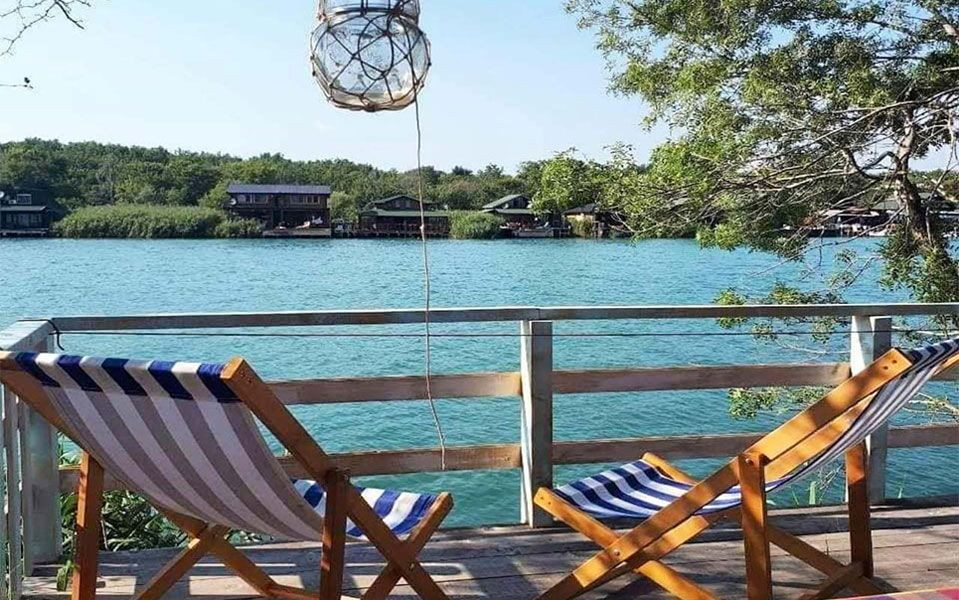
A place of special energy - Ada Bojana - Blog
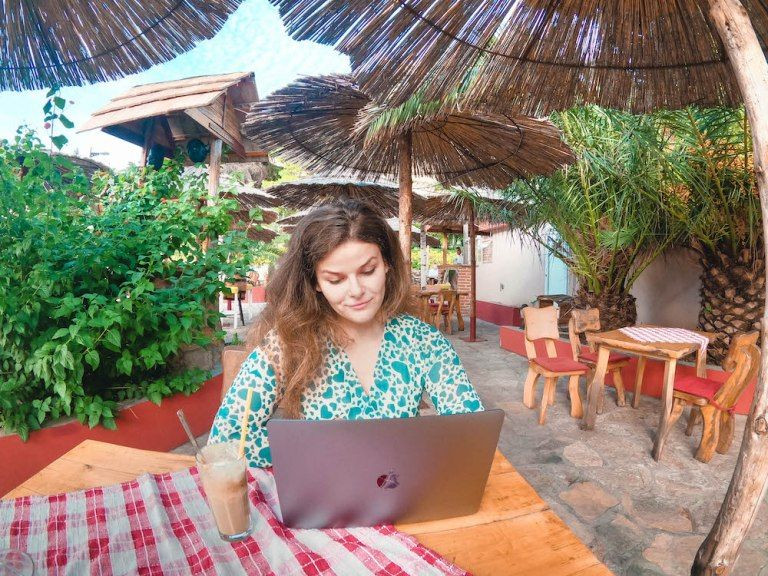
Adventures with Luda: Montenegro digital nomad experience - Blog

Slovakian influencers' impressions of Montenegro - Blog

Ulcinj, Montenegro 2023: Best Places to Visit - Tripadvisor

Do you need mobile Internet in Montenegro - Blog
When you subscribe to the blog, we will send you an e-mail when there are new updates on the site so you wouldn't miss them.
About us
Our mission is to make it easier for digital nomads to come and work in Montenegro by directing them to the right places and helping them adjust to life in Montenegro.
Informations
Travel information
Digital nomad news
Coworking spaces
Accommodations
Places to visits


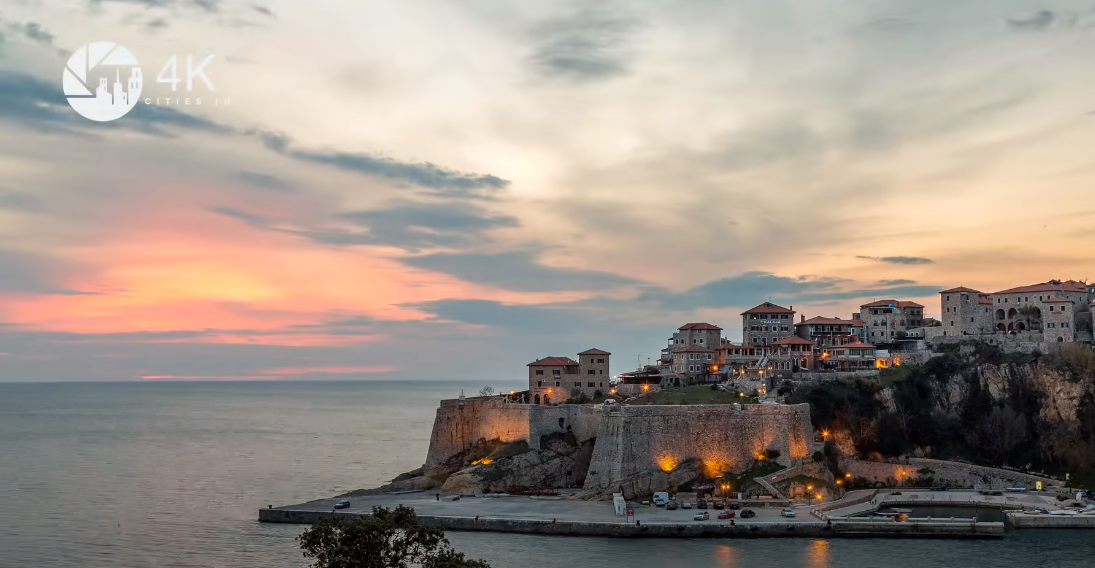
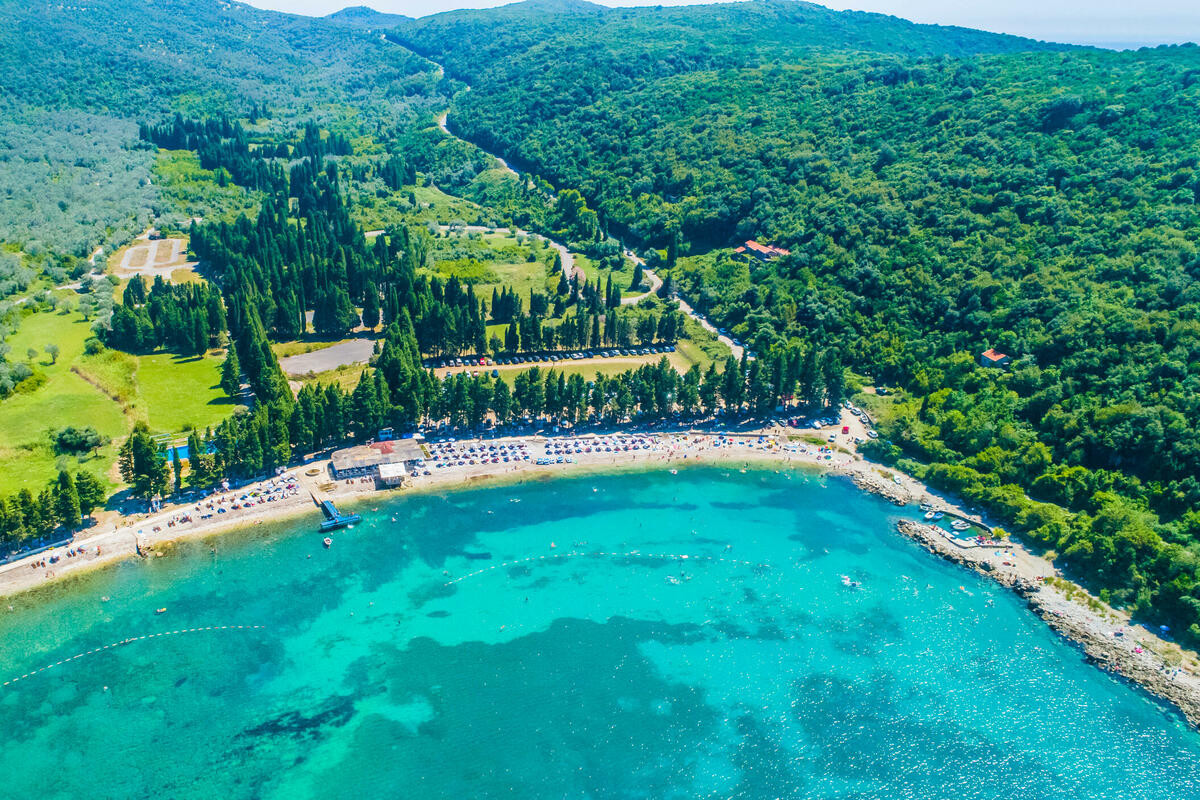
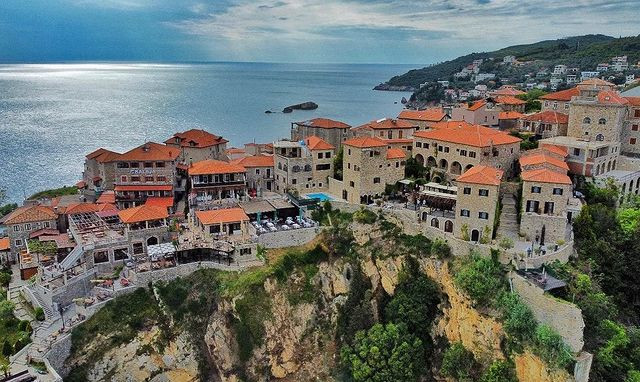
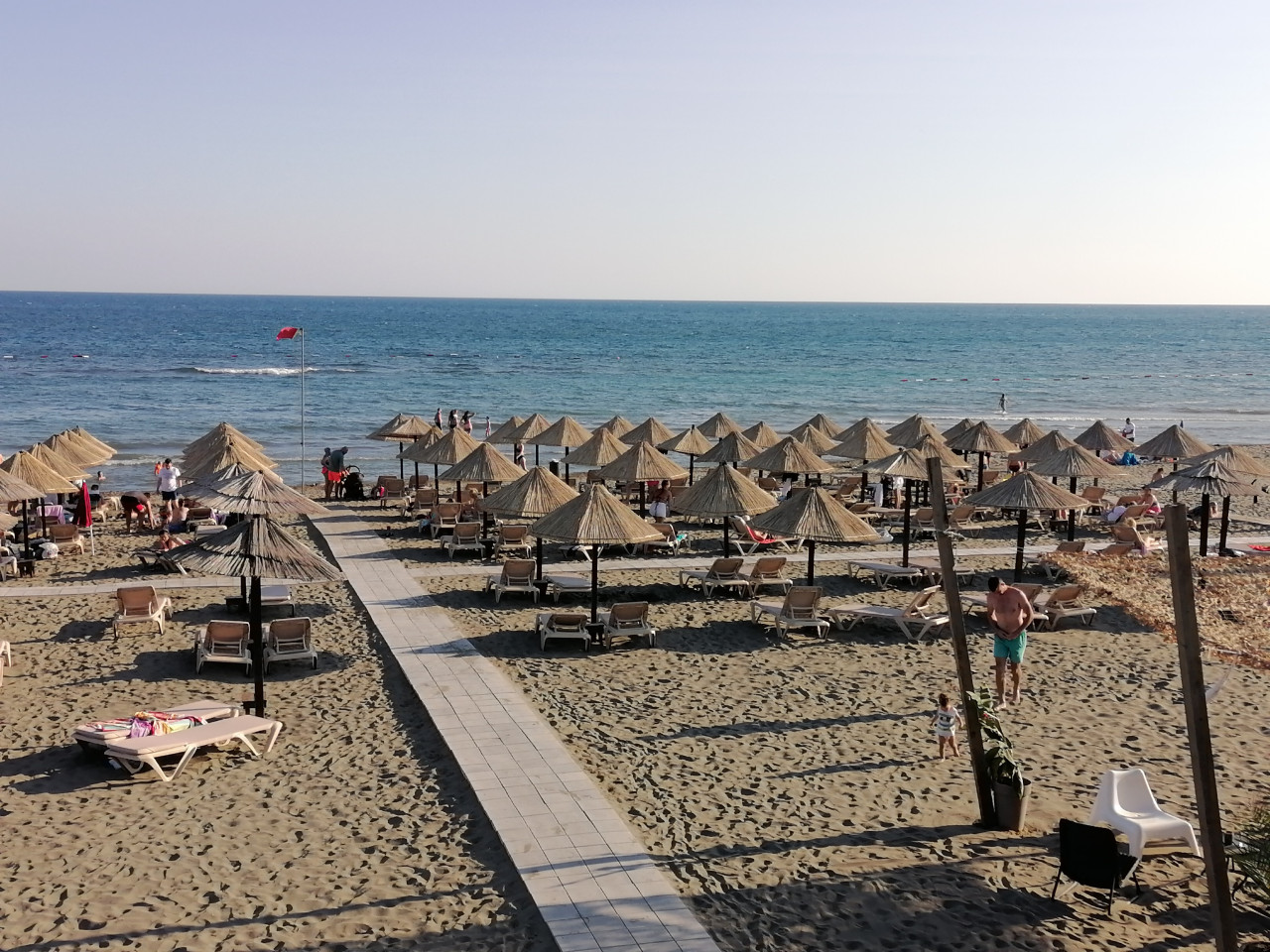
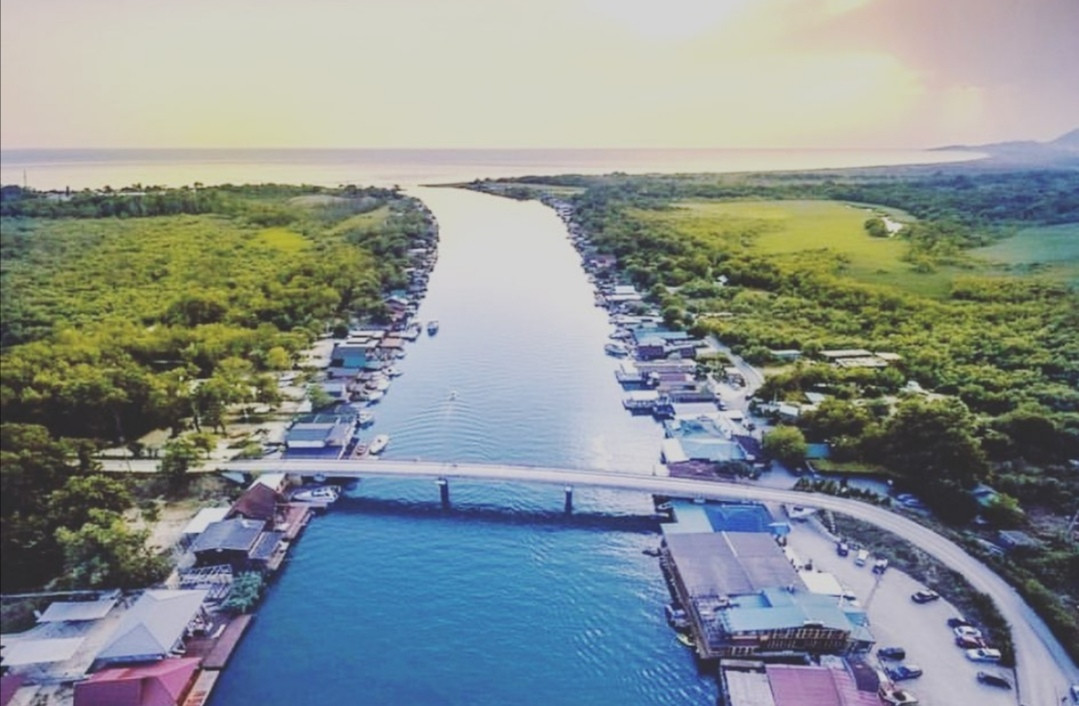

Comments